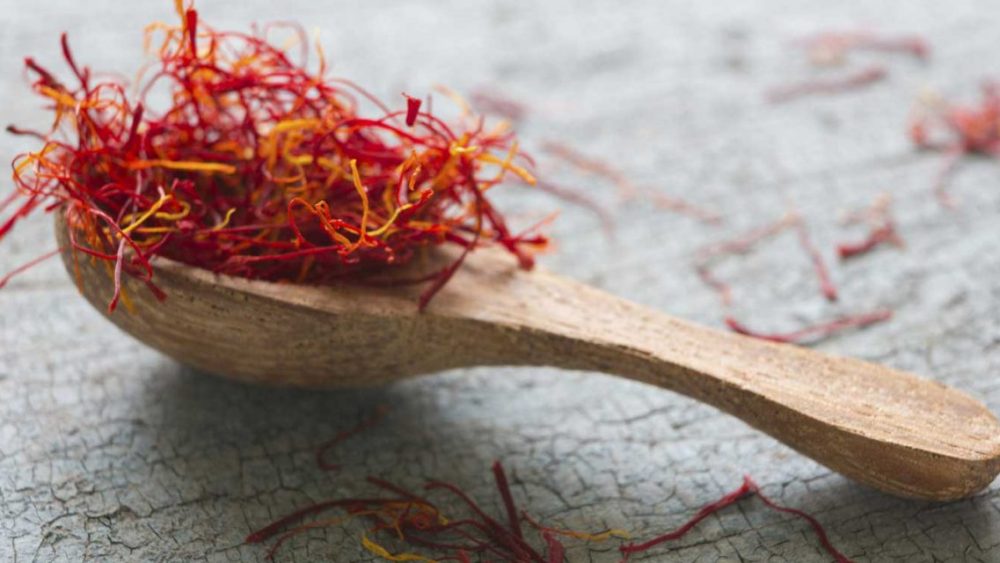Medicinal properties of saffron
Saffron is a perennial plant with a height of about 30 cm. The best and most popular saffron is cultivated in southern Khorasan, Iran. Minerals, mosilage, fat and various flavors constitute the content of saffron.
In traditional medicine saffron is said to have warm and dry humors. From old ages, it was imagined that saffron is very effective in alleviating menstrual pains and also depression. In this connection, Khaghani, a Persian poet says:
It is said that saffron brings joy
Nobody feel sad if eats saffron, because saffron receives all sorrows
Saffron has a very pleasant strong odor and is used as a flavor in foods and drinks such as tea.
Medicinal properties of saffron may be listed as follows:
- Drinking tea with saffron flavor facilitates digestion.
- It has an alleviatory effect.
- Improves
- It is the best herb for curing depression.
- It stimulates blood production and improves blood circulation
- Saffron prevents menstrual irregularities and encourages menstruation and effectively sooths women’s pain.
- It improves nerve’s responses.
- It produces a feeling of cheerfulness and improves heart rate.
- It puts an end to postpartum bleeding.
- It helps stopping coughing and curing bronchiolitis.
- Its crocin-containing compounds plays a role in preventing and curing inflammation of chronic brain diseases.
- It improves the function of liver.
- It protects brain cells against nervous system diseases and inflammation.
- It serves as diuretic drug.
- It functions as an anticonvulsant drug.
- It prevents the formation of digestive flatulence.
- It serves as a tranquilizer and sleep aid.
- It cleans kidney and bladder.
- It alleviates toothache (sip the stewed saffron and drink a little).
- It helps curing insomnia (by stimulating brain).


Comments are closed.